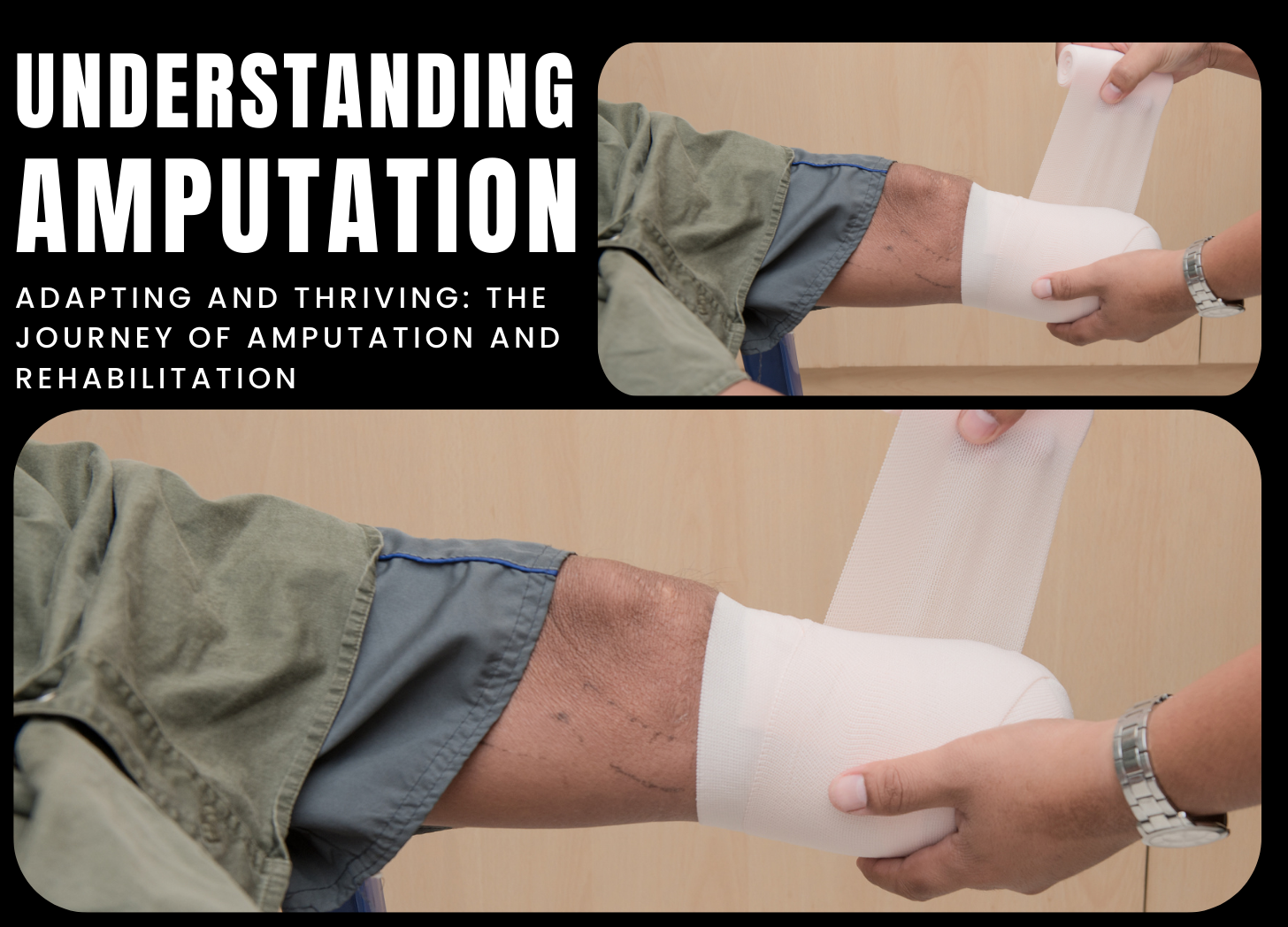Contact Us
Contact Us

Amputation is the surgical removal of a limb or a portion of a limb caused by injury, disease, or another medical condition. It is a life-altering treatment that can have significant physical, emotional, and psychological consequences for individuals. Amputations may be required to remove damaged tissue, stop the spread of infection, relieve chronic pain, or improve mobility and quality of life.
Amputation may be required for a variety of causes, including traumatic injuries such as severe crush injuries, burns, or accidents that cause irreparable damage to the limb. Peripheral artery disease, diabetes, cancer, infections, and congenital anomalies might all require amputation when conservative treatments fail or the leg becomes non-viable.
Amputation requires rigorous examination and preparation by a multidisciplinary team of healthcare experts, which includes surgeons, physical therapists, occupational therapists, prosthetists, and psychologists. The surgical approach is designed to remove the damaged tissue while conserving as much healthy tissue as feasible in order to promote healing and enhance functional outcomes. The location and severity of the injury or disease determine the type and amount of amputation, which can range from partial foot amputations to above-the-knee or above-the-elbow amputations.
Following amputation surgery, people go through a complete rehabilitation program to regain mobility, strength, and independence. Physical therapy is an important part of the healing process, focusing on activities that enhance muscle strength, flexibility, balance, and coordination. Occupational therapy teaches patients how to employ adaptive techniques and assistive equipment to complete daily activities and engage in meaningful professions.
Prosthetic devices are frequently used to replace amputated limbs and restore function and mobility. Prosthetic technological advancements have resulted in the creation of complex prosthetic limbs that nearly replicate natural movement while also providing increased comfort and utility. Prosthetists work directly with patients to tailor prosthetic devices to their specific needs and preferences, offering continuing assistance and changes as needed.
In addition to physical and occupational treatment, psychological support is critical for those transitioning to life following amputation. Coping with limb loss can be difficult, resulting in feelings of sadness, loss, anxiety, and melancholy. Counseling and support groups can offer emotional support, information, and coping skills to help people deal with the physical and emotional challenges of amputation.
While amputation is a severe loss, many people may adapt and thrive with the right help, resources, and rehabilitation services. Individuals who address the physical, emotional, and psychological elements of limb loss can achieve maximum recovery and restore a sense of control and independence in their lives.
References:
1.American Academy of Orthopaedic Surgeons. (2022). Amputation Surgery. Retrieved from https://orthoinfo.aaos.org/en/treatment/amputation-surgery/
2.National Institute of Child Health and Human Development. (2022). Limb Loss and Preservation. Retrieved from https://www.nichd.nih.gov/health/topics/limb-loss-preservation
Post a Comment